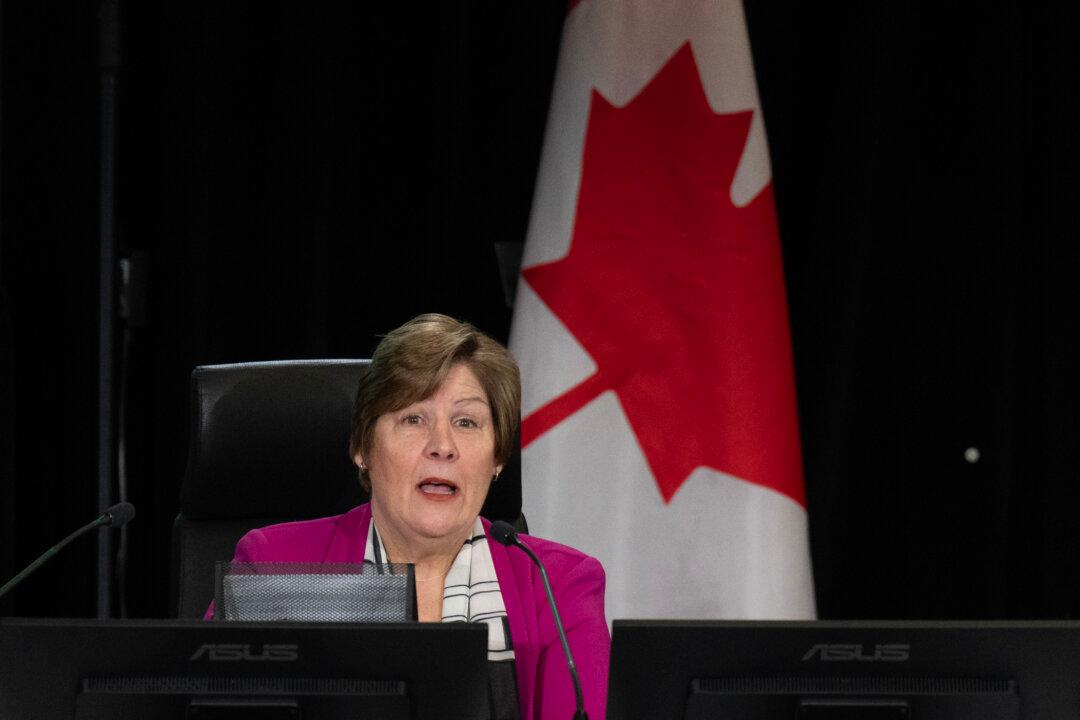Federal and provincial governments in Canada are failing to produce reliable budgets says a new report, as they routinely spend more money and collect more revenues than projected.
These are the main findings of the report titled “Trouble on the Bottom Line: Canada’s Governments Must Produce More Reliable Budgets,” which was released by the C.D. Howe Institute last month.





